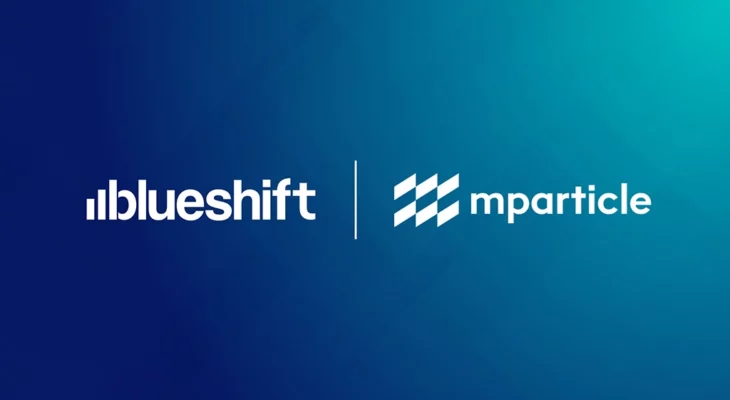Your customer database is the foundation for the work that you do. Whether you’re building marketing campaigns, testing and improving the product experience, handling customer support tickets, or running predictive analytics queries, you’re likely leveraging customer attributes, insights, and engagement history when making decisions. Given the importance of customer data, therefore, you’d think that many organizations prioritize customer data quality management over everything else. Unfortunately, that’s not always the case.
Although customer data has become more available, teams frequently struggle with quality components such as data consistency across systems, data accessibility, data plan violations, and more. In fact, a 2018 Harvard Business Review study found that only 3% of surveyed companies had acceptable data quality standards.
Organizations with sound data quality management processes, on the other hand, are able to make data-driven decisions with more confidence and launch more efficient targeted campaigns. This post will walk through why customer data quality matters, what standards you should be setting for your customer data quality, and the steps you can take to manage data quality.




